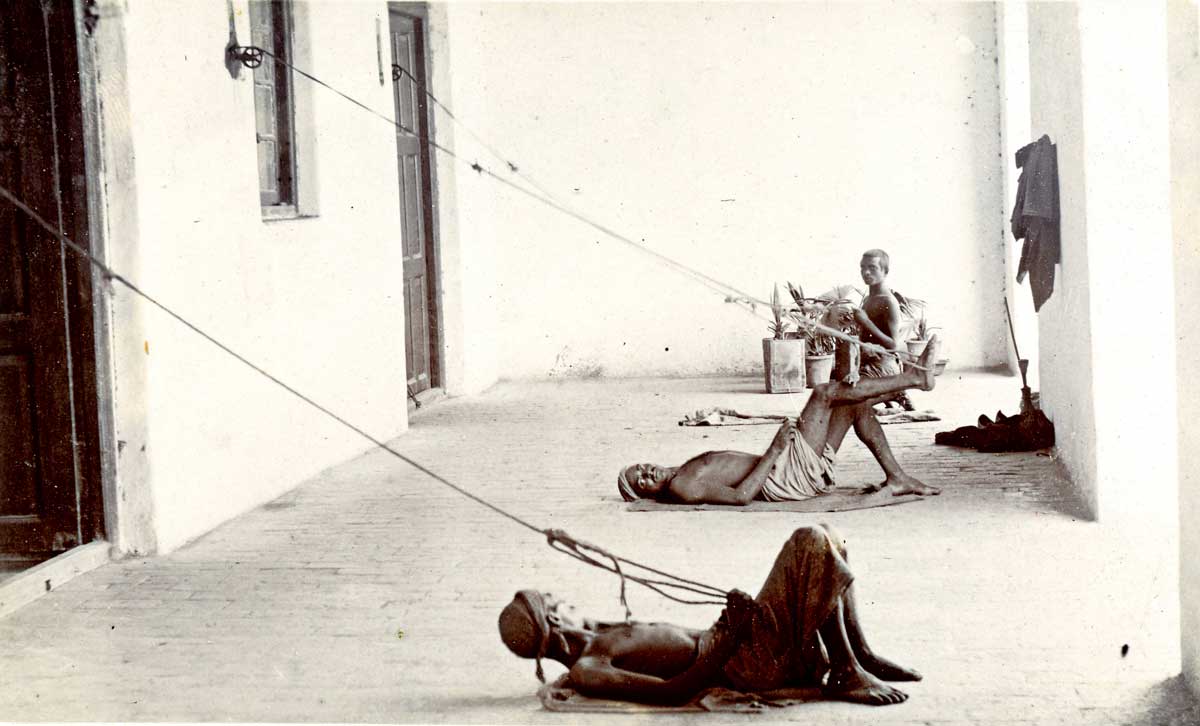Keeping India Cool | History Today - 1 minute read

The everyday lives of British planters, administrators and members of their households in British India depended upon an army of servants, most of whom remain absent from the pages of history. Among them were the punkahwallahs: the fan operators who manually worked large swinging fans suspended from ceilings to waft air around homes and offices and keep their employers cool.
In British India, Ceylon, the Straits Settlement and British Malaya, punkahwallahs became a universal element of official and domestic colonial life. They were fleetingly mentioned in letters written home by the sahibs (a term used by Indians referring to a man in a position of authority, especially the British administrators and planters) and their memsahibs (British women), as well as in travel writing, memoirs, paintings, sketches and even fictional works, of which the best known is probably E.M. Forster’s A Passage to India (1924). The labour of the punkahwallahs has attracted little attention from historians of the British Empire, however. While studies concerning some servants in British India, like ayahs (maid servants and nannies) and khansamas (cooks) have recently begun to appear, many remain overlooked. Such scholarship has understandably focused on more visible forms of labour.